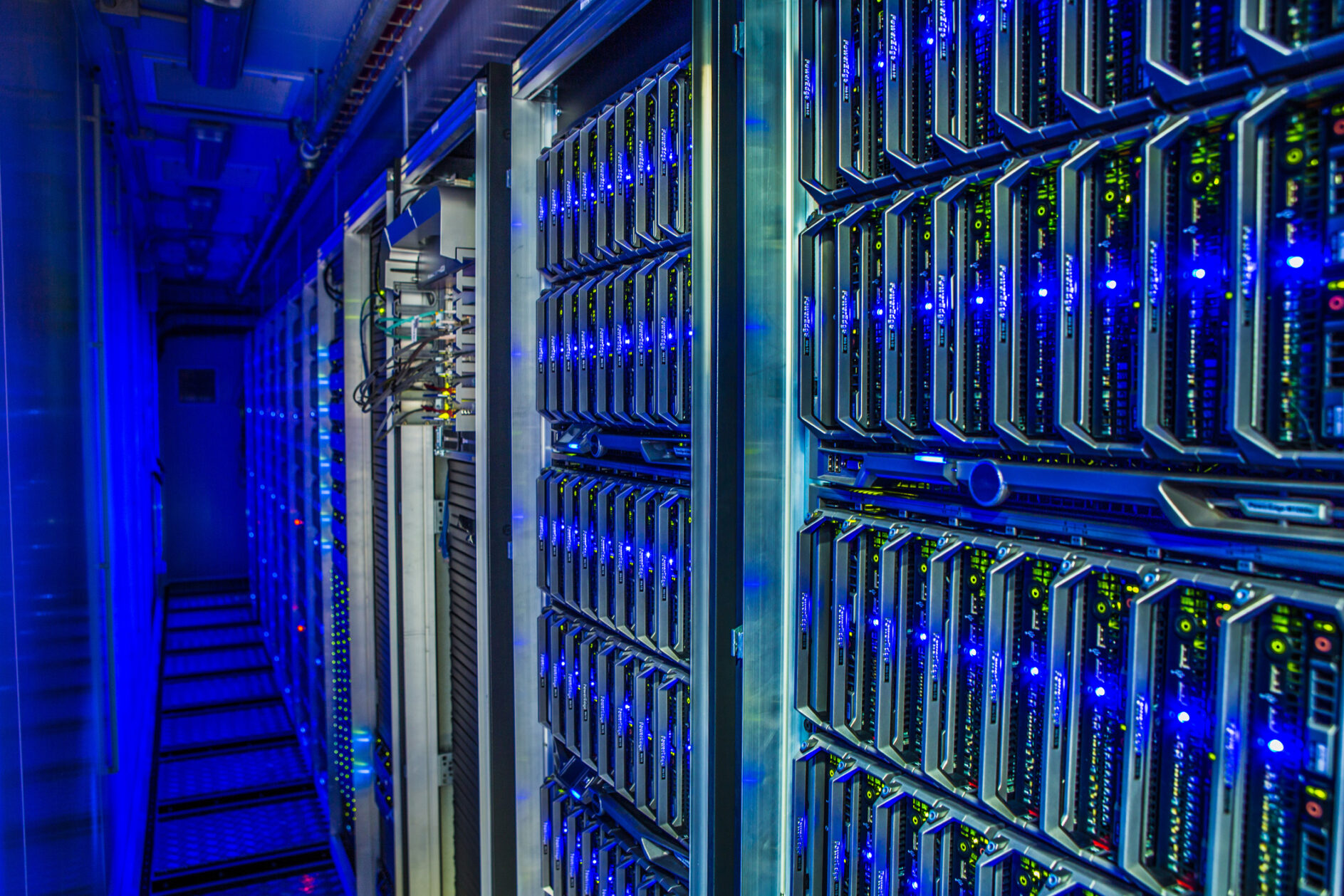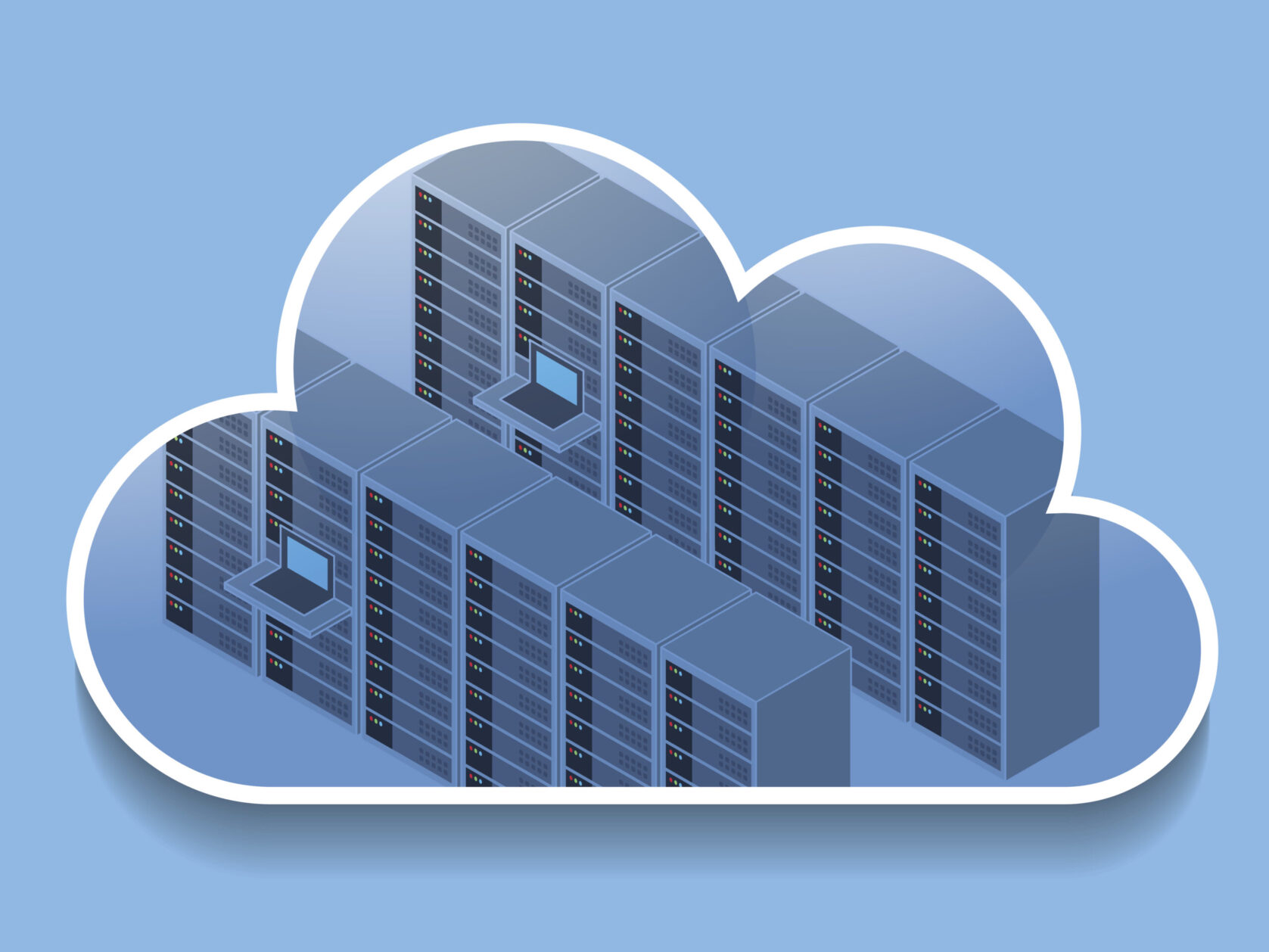 Last week, Extreme Networks held its annual customer event, Connect, virtually from Boston’s historic Fenway Park. The highlights from the event include new product introductions, a collection of customer and partner relationships, a celebration of 25 years in business, and insights into Extreme Networks’ vision moving forward.
Last week, Extreme Networks held its annual customer event, Connect, virtually from Boston’s historic Fenway Park. The highlights from the event include new product introductions, a collection of customer and partner relationships, a celebration of 25 years in business, and insights into Extreme Networks’ vision moving forward.
Insight
-
-
 At this year’s Pure Accelerate we were offered a glimpse into the future of data storage. Contrary to what you might expect, the event didn’t center on some new array or a new version of flash. Rather, the focus was on how Pure is transforming the way it delivers storage technology, how its storage supports modern application environments, and how its customers consume and manage its storage.
At this year’s Pure Accelerate we were offered a glimpse into the future of data storage. Contrary to what you might expect, the event didn’t center on some new array or a new version of flash. Rather, the focus was on how Pure is transforming the way it delivers storage technology, how its storage supports modern application environments, and how its customers consume and manage its storage. -
ESG conducted a comprehensive online survey of IT professionals from private- and public-sector organizations in North America (United States and Canada) between January 22, 2021 and January 31, 2021. To qualify for this survey, respondents were required to be IT professionals responsible for data protection technology decisions for their organization.
This Master Survey Results presentation focuses on understanding cloud data protection challenges, plans, and strategies by probing how organizations are protecting data in the cloud, as well as how they are leveraging cloud services to protect data to the cloud.
-
The broad adoption of public cloud services as a source and repository of business-critical data is placing the onus on data owners to deliver on data protection SLAs of applications, and their associated data, that are cloud-resident. Many users are confused about what exact data protection levels public cloud infrastructure and SaaS solutions provide, leading to potential data loss and compliance risks. Concurrently, on-premises backup and disaster recovery strategies are increasingly leveraging cloud destinations, resulting in hybrid data protection topologies with varying degrees of service levels and end-user tradeoffs and opportunities. How do IT organizations utilize cloud services as part of their data protection strategy today?
-
 Recently, I had the pleasure of attending an analyst briefing with Ben Bolles, Vice President of Products; and Mike Koponen, Senior Director, Product Marketing and Strategic Alliances, at Pivot3 discussing their latest launch. It was interesting to see the advances in the hyperconverged infrastructure space and the differentiation Pivot3 is bringing to market.
Recently, I had the pleasure of attending an analyst briefing with Ben Bolles, Vice President of Products; and Mike Koponen, Senior Director, Product Marketing and Strategic Alliances, at Pivot3 discussing their latest launch. It was interesting to see the advances in the hyperconverged infrastructure space and the differentiation Pivot3 is bringing to market.When we look at Pivot3’s core areas, it is clear they are competing in a large market, but they keep the focus on video surveillance. This is a market segment that is clearly gaining adoption, not only at the data center core but also at the edge and in the cloud. (more…)
-
 Commvault is celebrating its 25th birthday and what a ride it has been so far! I have to admit that Commvault has a special place in my heart because I pretty much started in this space at the same time and have known the company as a partner and then as a (fringe) competitor for many years when I was on the vendor side.
Commvault is celebrating its 25th birthday and what a ride it has been so far! I have to admit that Commvault has a special place in my heart because I pretty much started in this space at the same time and have known the company as a partner and then as a (fringe) competitor for many years when I was on the vendor side.The past couple of years are really the most important, in my view, as they totally changed the game for the company. I blogged about this a few times in the past. (Check out my blogs here.)
Commvault’s strategy was revisited by CEO Sanjay Mirchandani, with the effect of fundamentally changing the company’s portfolio, but more importantly its future prospects for many years to come in line with what I see as the fundamental market trend of intelligent data management.
-
This Master Survey Results presentation focuses on the state of hosted desktop strategies, and specifically how they have been impacted by COVID-19 and subsequent remote work mandates.
ESG conducted a comprehensive online survey of IT professionals from private- and public-sector organizations in North America (United States and Canada) and Western Europe (UK, France, and Germany) between December 1, 2020 and December 11, 2020. To qualify for this survey, respondents were required to be IT decision makers responsible for the purchase process for productivity applications and endpoint devices including VDI/DRaaS.
-
IBM Think! 2021 delivered a number of areas IT leaders may want to consider with new and existing initiatives and infrastructure deployments. This year’s event amplified the importance of growth in artificial intelligence as it relates to IBM Cloud Pak, digital transformation and digital business models, IBM Watson Orchestrate self-service automation, public and hybrid cloud, and application and infrastructure modernization, to say the least. Our research at Enterprise Strategy Group aligns nicely to the messages IBM delivered this year. Listen as Mark Peters, Practice Director; Scott Sinclair, Senior Analyst; Mike Leone, Senior Analyst, and I discuss and share our thoughts on this year’s IBM Think! 2021 event.
-
 I’ve been blogging about what the “big 3” topics at this year’s (virtual) RSA conference should be. I started with a blog about XDR, followed by another about zero trust. My final blog of this series looks at what CISOs want to hear about SASE at RSA.
I’ve been blogging about what the “big 3” topics at this year’s (virtual) RSA conference should be. I started with a blog about XDR, followed by another about zero trust. My final blog of this series looks at what CISOs want to hear about SASE at RSA.Why SASE? Because: (more…)
-
Doug Cahill and I had the opportunity to discuss some of the operating dynamics in today’s IT organizations and how the pressure of embracing cloud innovation is creating the opportunity for distributed cloud environments. What is distributed cloud? Simply put, distributed cloud is a connected ecosystem of cloud services, developer-ready infrastructure, and legacy IT that provides consistent operations for modern applications. Listen in as Doug and I explore the importance of distributed cloud and its potential impact in the market.
-
The breadth of zero trust inherently requires a variety of teams to collaborate effectively for implementations to be successful. Given this, it is unsurprising that organizational issues are the most common reason cited for projects being paused or abandoned. Effective communications channels, clarity of roles and responsibilities, and alignment of goals and success metrics are all important aspects of a zero trust strategy.
-
This Master Survey Results presentation focuses on understanding the factors influencing zero trust initiatives, how decision makers are prioritizing purchasing decisions, and which specific technologies and products are being deployed to support zero trust strategies.
ESG conducted a comprehensive online survey of IT and cybersecurity professionals from private- and public-sector organizations in North America (United States and Canada) between December 8, 2020 and December 22, 2020. To qualify for this survey, respondents were required to be cybersecurity or IT/information security professionals responsible for evaluating, purchasing, and managing security technology products and services in support of zero trust security initiatives.

 At this year’s Pure Accelerate we were offered a glimpse into the future of data storage. Contrary to what you might expect, the event didn’t center on some new array or a new version of flash. Rather, the focus was on how Pure is transforming the way it delivers storage technology, how its storage supports modern application environments, and how its customers consume and manage its storage.
At this year’s Pure Accelerate we were offered a glimpse into the future of data storage. Contrary to what you might expect, the event didn’t center on some new array or a new version of flash. Rather, the focus was on how Pure is transforming the way it delivers storage technology, how its storage supports modern application environments, and how its customers consume and manage its storage. Recently, I had the pleasure of attending an analyst briefing with
Recently, I had the pleasure of attending an analyst briefing with  Commvault is celebrating its 25th birthday and what a ride it has been so far! I have to admit that Commvault has a special place in my heart because I pretty much started in this space at the same time and have known the company as a partner and then as a (fringe) competitor for many years when I was on the vendor side.
Commvault is celebrating its 25th birthday and what a ride it has been so far! I have to admit that Commvault has a special place in my heart because I pretty much started in this space at the same time and have known the company as a partner and then as a (fringe) competitor for many years when I was on the vendor side. I’ve been blogging about what the “big 3” topics at this year’s (virtual) RSA conference should be. I started with a blog about
I’ve been blogging about what the “big 3” topics at this year’s (virtual) RSA conference should be. I started with a blog about